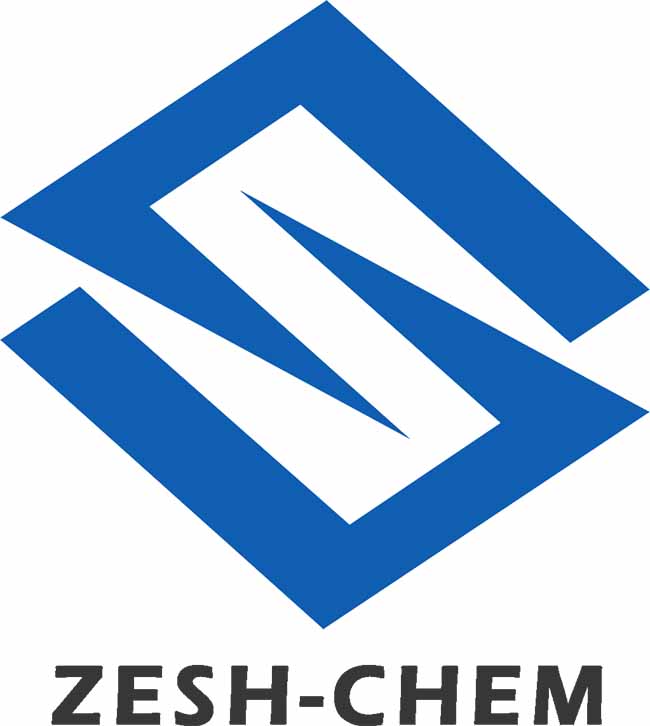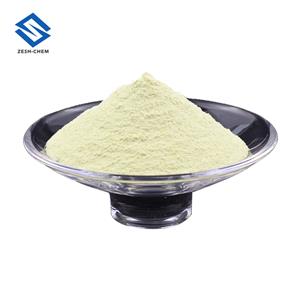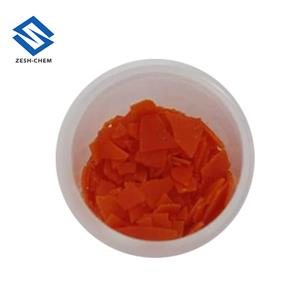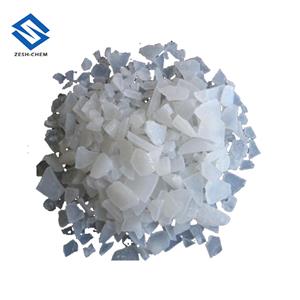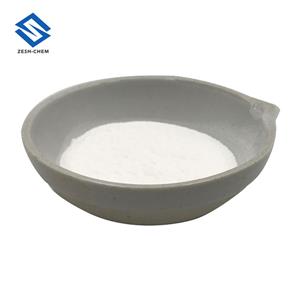The new product Zirconium(IV) hydrogenphosphate has entered mass production
Zirconium(IV) hydrogenphosphate Introduction
Product introduction:
Zirconium(IV) hydrogen phosphate is newly developed and multi-functional mesoporous material and solid acid materials in layer structure. It has Strong capacity of ion-exhcange and adsorption, high temperature resistance and stable structure.
Product Instruction:
Name: Zirconium(IV) hydrogen phosphate
CAS No.:13772-29-7
EINECS No.: 237-401-7 (Europe Chemicals Item Serial Number)
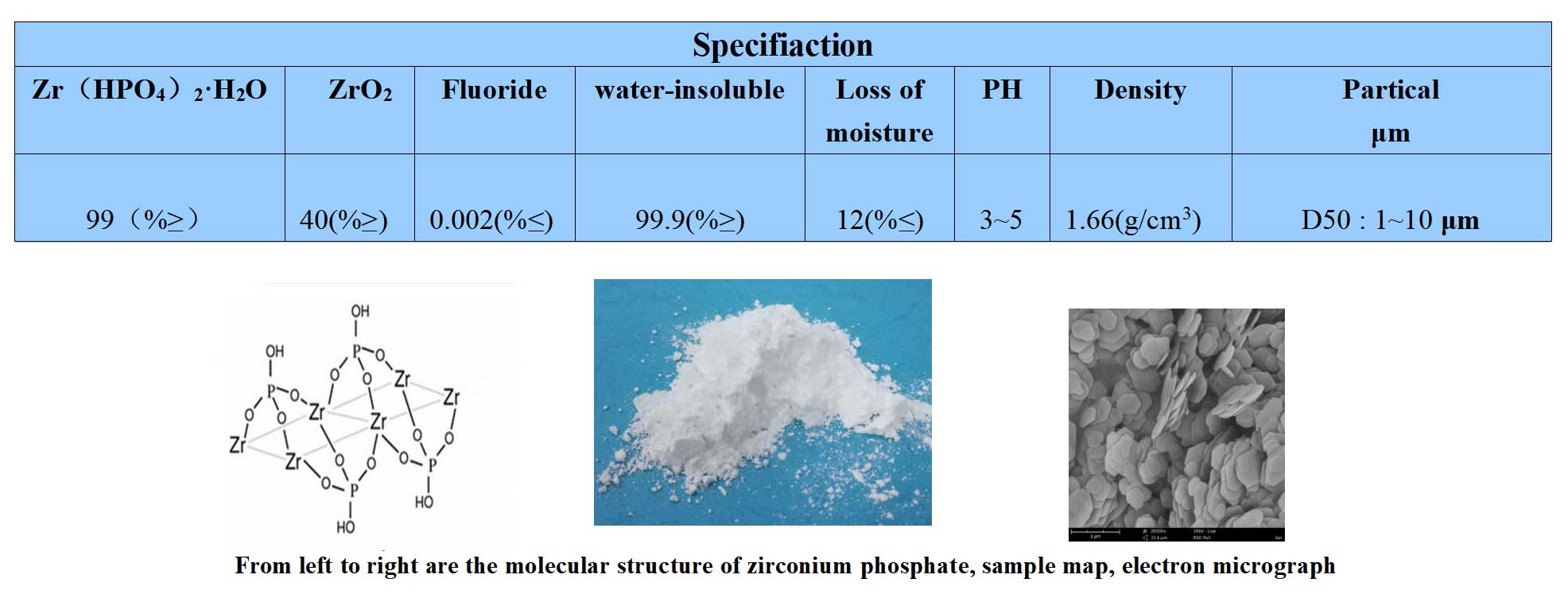
Physicochemical Property:
White powder, with 1.66g/cm3 of density, same common property of layer compound, high stability with its chemical property and layer structure, relative bigger proportion of surface percentage( total area of the item), high electric density on its surface(charge numbers on its surface per unit), is a strong type of solid acid. It’s insoluble in water and an organic solvent with resistance to strong acid and certain soda. It has high stability and intensive mechanical strength.( When this material encounters with external force, the unit area can bear the highest capacity)
Application:
Zirconium phosphate (α-Zrp) It can be used as an additive in polymers such as resins, composites, plastics, masterbatches, adhesives, coatings, pigments, inks, greases, rubbers, fibers, ect
1. Polymer:
1) Improve the polymer's high temperature performance, and have a significant synergistic flame retardant effect (can reach V-0 level, environmental protection and non-toxic, in line with RoHS, SGS, REACH);
2) Strengthen the mechanical strength, hardness, impact resistance, wear resistance, friction resistance, and chemical stability of the polymer;
3) Strengthen the acid and alkali resistance, weather resistance and corrosion resistance of the polymer;
4) can give the polymer product significant antibacterial and antibacterial properties (carried silver zirconium phosphate);
5) Increase the adhesion of resins, coatings, and inks and reduce their VOC and formaldehyde content.
2. Antibacterial aspects(Silver-loaded zirconium phosphate):
1) Doing silver-loaded antimicrobial materials
2) Anti-static shoes, insulated shoes
3) Antibacterial functional materials can be added in plastics, rubbers, fibers, coatings, paper, adhesives, ceramics and glass.
4) Silver zinc inorganic antibacterial agent, rare earth composite inorganic antibacterial agent, antibacterial fiber masterbatch, fabric antibacterial finishing agent, feather antibacterial deodorant finishing agent, etc.
5) It can be calcined at high temperature to produce antibacterial agent. Antibacterial underwear, tweezers, surgical gowns, dressings, insoles. Cosmetics and so on.
3. The environment:
1) It has certain adsorption function for harmful gases such as formaldehyde and ammonia.Can be combined with building materials, wood-based panels, paper, coatings and other products to produce composite functional materials with adsorption properties.
2) Zirconium phosphate has a strong affinity for strong bases, and thus combines with amines, alcohols, pyridines and other molecules to form a complex catalyst, which has a protective effect on the environment.
3) It can produce pesticides with PCBS, PAHS, PCDDS, etc..
4. Ion exchange: It has excellent ion exchange performance, exchange capacity is about 600mmol/100mg, is 6 times that of clay, and it has ion exchange function for cations such as trivalent metal chromium. Can be used for hemodialysis, batteries, wastewater treatment, water purifiers and other aspects.
5. Ceramic: high temperature and high pressure ceramic heads, ceramic knives, antibacterial ceramics and so on.
6. The conductor: dye-sensitized solar cell gel electrolyte material.
7. The catalyst: can catalyze propylene, hexene (oil processing products attached), oxidized paraffin, porphyrin, hydrazine, etc., acidic alkaline catalyst can be applied.
8. Chemical equipment:
1) Solid phase gas sensor
2) Polymer inorganic proton conductive membrane material
3) Fully solid fuel cell
4) Electroluminescent material
5) Molecular electronics, nonlinear optical materials, and artificial photosynthesis devices.
6) Film (as a photosensitive composition filler)
9. Biological field
In the gene storage for materials. Including DNA, proteins and other bioactive molecules composed of nanocomposites, but also can be used as a targeting material.
